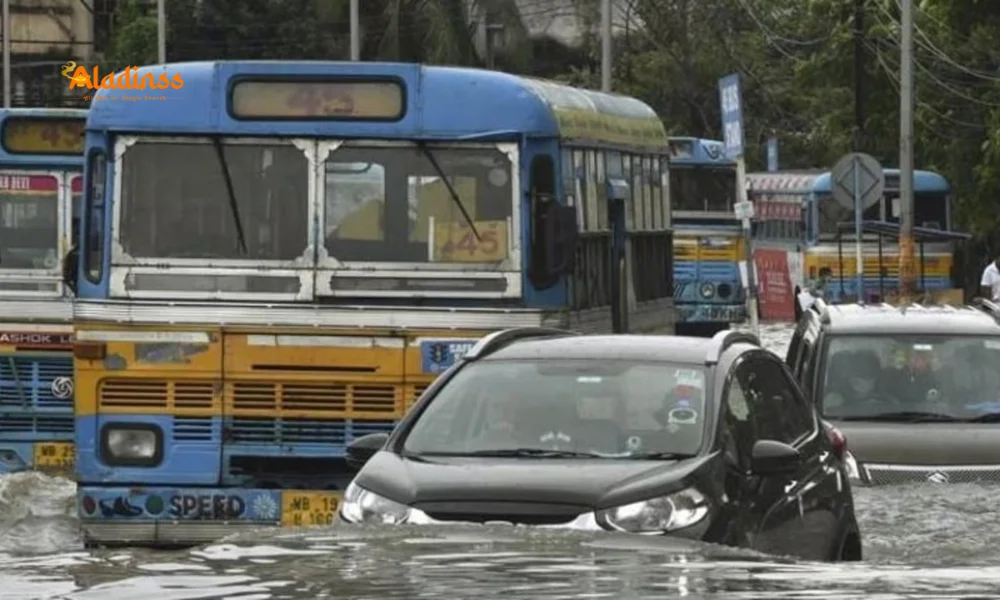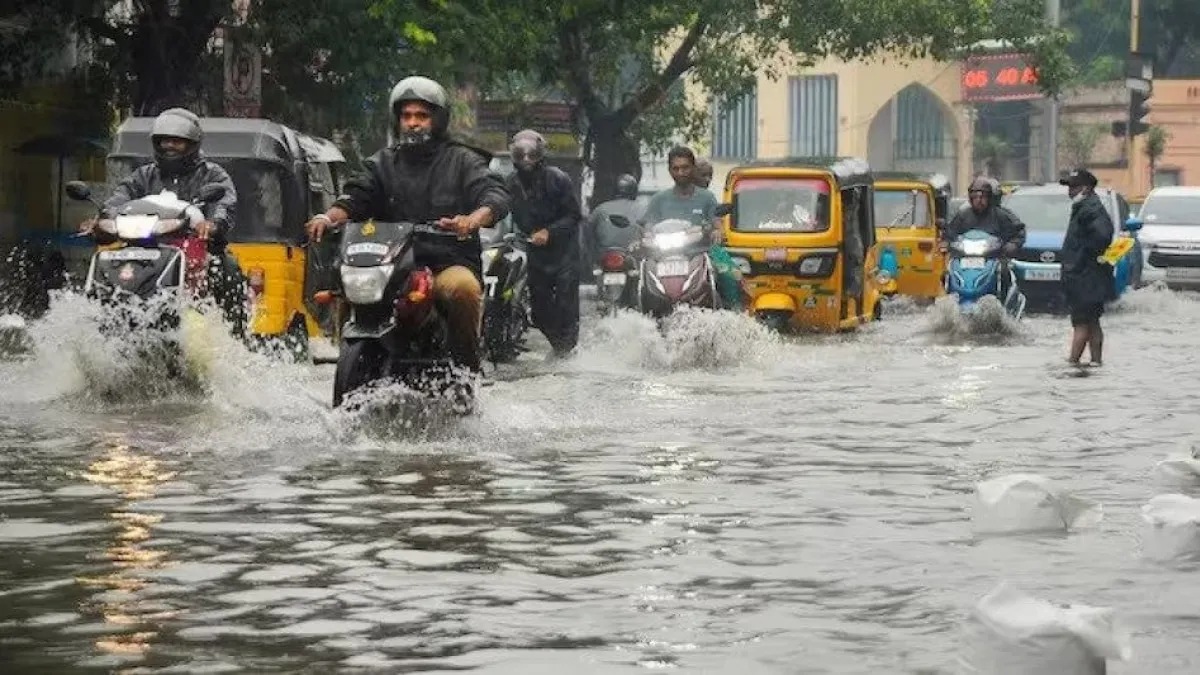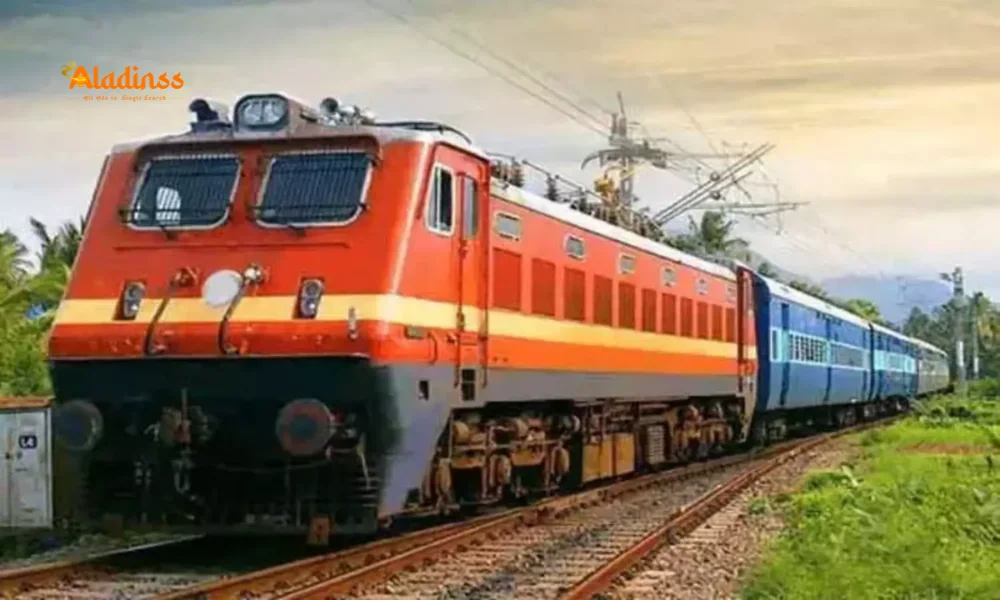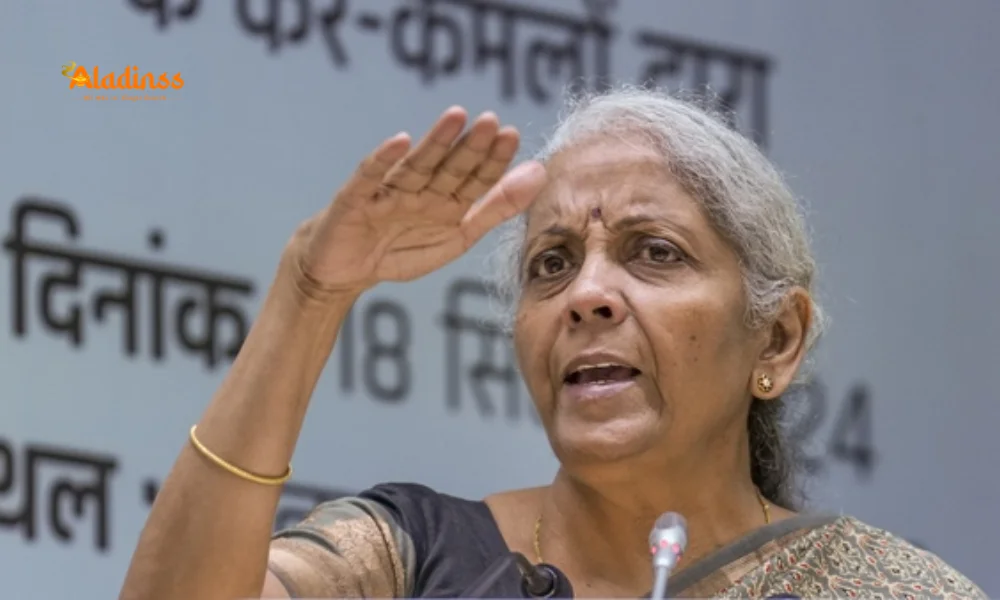West Bengal Heavy Rain Alert Oct 1: IMD Warning

West Bengal Braces for Heavy Rains from October 1: IMD Issues Alert, Government Ramps Up Preparations
The India Meteorological Department (IMD) has issued a stark warning for heavy rain in West Bengal starting October 1, 2025, with a low-pressure area brewing over the Bay of Bengal poised to unleash isolated heavy to very heavy downpours across the state from October 2-4. Fresh off last week's deluge that claimed 12 lives and triggered widespread flooding in districts like Kolkata, Purba Medinipur, and South 24 Parganas, the West Bengal government under Chief Minister Mamata Banerjee is leaving no stone unturned. Emergency control rooms are operational 24/7, officials are on high alert, and fishermen have been cautioned against venturing into the north and central Bay of Bengal amid squally winds gusting up to 55 kmph. As the festive season looms, this West Bengal rain alert October 2025 threatens to disrupt Durga Puja preparations, underscoring the urgency of proactive measures in a state still reeling from recent waterlogging woes.
The IMD's bulletin highlights a cyclonic circulation over the Andaman Sea intensifying into the low-pressure system, potentially evolving into a depression that could batter coastal areas with thunderstorms and gusty winds. Last week's rains, fueled by a similar weather pattern, submerged roads, halted flights, and led to electrocutions, prompting school closures and metro disruptions. With over 185 mm recorded in Kolkata alone on September 23, the state is doubling down on flood mitigation, drawing lessons from the chaos that affected thousands. CM Banerjee's directives emphasize vigilance, with district administrations tasked to monitor vulnerable spots like riverbanks and low-lying urban zones.

IMD Forecast Breakdown: Low-Pressure System to Trigger Intense Downpours
According to the IMD's detailed advisory, the low-pressure area forming over the north and adjoining central Bay of Bengal around October 1 will drive fairly widespread to widespread rainfall across West Bengal, with isolated pockets facing very heavy falls exceeding 124.5 mm in 24 hours. Districts in south Bengal-such as Purba Medinipur, Paschim Medinipur, South 24 Parganas, Jhargram, and Bankura-are at highest risk, echoing last week's hotspots where flooding crippled infrastructure. Squally winds of 35-45 kmph, gusting to 55 kmph, will lash coastal regions off West Bengal and Odisha, posing threats to fishing vessels and seaside communities.
The weather body's prediction stems from a cyclonic circulation over the Andaman Sea moving northwest, a pattern familiar from recent events that caused record 185.6 mm downpours in Kolkata overnight. While north Bengal may see lighter showers, the focus remains on south Bengal's vulnerability, where urban waterlogging and rural inundation could recur. Experts warn of potential landslides in hilly Darjeeling and Kalimpong, urging travelers to check updates via IMD's WhatsApp channel for real-time alerts.
- Heavy to very heavy rainfall (115.6-204.4 mm) in isolated south Bengal areas from Oct 2-4
- Squally winds 35-45 kmph gusting to 55 kmph over Bay of Bengal coasts
- Low-pressure likely to intensify into depression, heightening flood risks
- Widespread light to moderate rain with thunderstorms in coastal districts
- Yellow alert for Kolkata and adjoining regions till Oct 4
Also Read: Vijay Karur Stampede: TVK Seeks CBI Probe
Government's Swift Response: 24/7 Vigilance and Emergency Protocols Activated
In a proactive stance, Chief Minister Mamata Banerjee has instructed all departments to maintain heightened readiness, establishing a state-level control room operational round-the-clock from September 26 through key festive periods, including October 20-24 and 27-28. District magistrates, police superintendents, and municipal heads have been directed to conduct vulnerability assessments, stockpile sandbags, and coordinate with NDRF teams for rapid deployment. Public appeals for information on flood-prone areas are flowing in, aiding targeted evacuations if needed.
Drawing from last week's response-where relief camps housed hundreds and power outages affected thousands-the government is prioritizing urban drainage upgrades in Kolkata and Howrah. Fishermen along the coasts have received SMS alerts to stay ashore, while schools and colleges in red zones may shift to online modes. This West Bengal flood preparedness mirrors successful 2024 monsoon drills, aiming to minimize casualties in a state where climate change amplifies erratic rains.
- State control room active 24/7 with toll-free helplines for updates
- District-level teams to monitor rivers like Hooghly and Teesta
- NDRF and SDRF on standby for rescue in low-lying areas
- Public input sought via apps and hotlines for real-time mapping
- Stockpiling essentials like tarps, food kits, and medical supplies
Lessons from Last Week's Deluge: 12 Lives Lost Amid Flood Chaos
September's torrential rains, dumping over 185 mm in Kolkata between 2:30 AM and 5:30 AM on the 23rd, exposed stark vulnerabilities. Seven electrocutions from submerged wires claimed lives in areas like Beniapukur and Khidderpore, while five drowned in flash floods across south Bengal. Waterlogging paralyzed traffic, with 30 flights canceled and 42 delayed at Netaji Subhas Chandra Bose Airport, as airlines issued advisories amid the IMD's yellow alert.
Schools shuttered, metro services halted, and power cuts lingered for hours, stranding residents in high-rises. The low-pressure system's northwest drift intensified showers in Paschim Medinipur and Bankura, swelling rivers and submerging farmlands. CM Banerjee's visit to affected zones underscored community resilience, but critics decry outdated drainage systems. This recent West Bengal flooding serves as a grim prelude, galvanizing upgrades before the new alert hits.
Coastal Warnings: Fishermen Advised to Stay Ashore Amid Squally Winds
IMD's marine advisory is unequivocal: fishermen should avoid the north and central Bay of Bengal from October 1-2, with winds escalating to hazardous levels. Squalls of 35-45 kmph, gusting to 55 kmph, threaten small boats off West Bengal-Odisha coasts, where last week's swells already capsized vessels. Coastal villages in Digha and Mandarmani are fortifying sea walls, while the fisheries department distributes life jackets and radios.
This precaution echoes September's disruptions, where high tides compounded rains, eroding beaches and salting fields. With Durga Puja immersions upcoming, temple committees are rerouting processions to evade flooded paths, blending faith with safety in this Bay of Bengal weather alert.
Impact on Durga Puja: Festive Preparations Under Threat
As West Bengal gears up for Durga Puja from October 1-5, the rain forecast looms large over pandal constructions and idol immersions. Kolkata's iconic venues like Kumartuli may delay shipments if roads flood, while rural fairs in Hooghly risk cancellation. Last year's monsoon overlaps taught hard lessons-tarpaulin covers now shield pandals, and virtual darshans are prepped as backups.
Artisans worry about clay idols softening in humidity, yet community spirit prevails. Banerjee's message to organizers stresses eco-friendly measures, like elevated platforms, ensuring the goddess's arrival isn't dampened. This Durga Puja rain impact could shift celebrations indoors, fostering innovative blends of tradition and tech.
Climate Change Angle: Why West Bengal Faces Recurrent Floods
Experts link these intensifying rains to climate shifts, with warmer Bay waters fueling stronger cyclones. West Bengal's 7,000 km of waterways, including the Ganges delta, amplify flood risks, displacing millions annually. Urban sprawl in Kolkata exacerbates runoff, turning streets into rivers. Initiatives like the Jal Jeevan Mission aim to bolster resilience, but gaps persist in rural embankments.
The IMD's early warnings via apps and sirens are lifelines, yet implementation lags in remote Sunderbans. As global patterns evolve, Bengal's adaptation-mangrove restoration and smart drainage-holds keys to mitigating future West Bengal monsoon floods.
Public Safety Tips: Navigating the Upcoming Downpours
Residents are urged to stay indoors during peak rains, avoid flooded roads, and charge devices for alerts. Stock non-perishables, flashlights, and first-aid kits; monitor river levels via government portals. For coastal folk, secure boats and livestock. Schools may announce holidays-check district notices. These steps, honed from past crises, empower communities in this IMD rain warning West Bengal.
- Avoid travel on low bridges or underpasses during heavy spells
- Clear gutters to prevent localized flooding
- Use IMD app for hyperlocal forecasts
- Evacuate lowlands if sirens sound
- Report hazards via toll-free lines
Economic Ripple Effects: From Agriculture to Transport Disruptions
Farmers in Burdwan fear crop losses to paddy and veggies, with irrigation canals overflowing. Kolkata's ports may slow cargo, impacting trade. Last week's 30 flight cancellations cost airlines dearly; expect similar if visibility drops. Tourism in Darjeeling could dip, but resilient sectors like IT push remote work. This West Bengal rain economic impact tests recovery, yet boosts hydro-power in the north.
In conclusion, as October 1 approaches, West Bengal's dual focus on caution and celebration defines its spirit. The IMD's vigilance and government's alacrity offer hope, turning potential peril into a story of preparedness amid the monsoon's final roar.
Forward-looking, investments in climate-resilient infrastructure could shield future festivals, ensuring Puja's joy flows uninterrupted.
Comment / Reply From
No comments yet. Be the first to comment!










